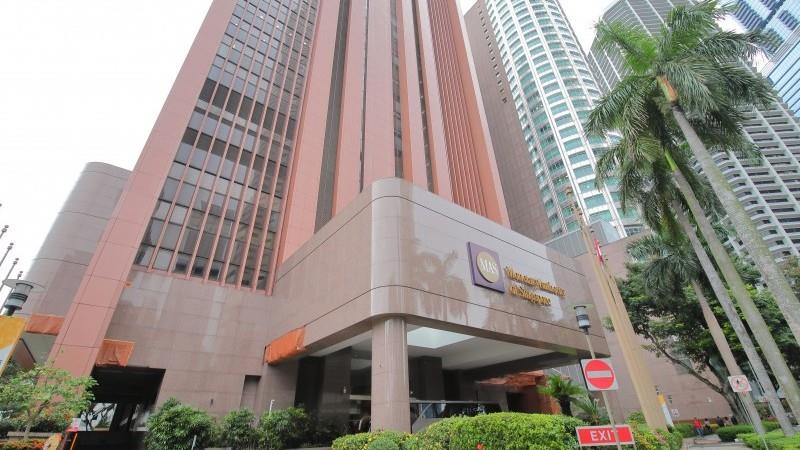
Singapore's Central Bank Turns Less Dovish As Downturn Concerns Ease
The Monetary Authority of Singapore (MAS) maintained its monetary policy stance. It kept the rate of appreciation of the Nominal Effective Exchange Rate Index (S$NEER) policy band unchanged at our estimated pace of 0.5%, as well as its width and central level. This decision aligned with our expectations, supported by Singapore's relatively strong economic performance, including an above-trend GDP growth of 3.9% over the first to the third quarters. The economy outperformed in the first half of the year, driven by robust manufacturing and export activity. The latest 3Q GDP data released today reinforces this momentum, with growth accelerating to 2.9% year-on-year-well above the consensus forecast of 2%.
Moreover, the initially feared impact of US pharmaceutical tariffs on Singapore's exports has eased significantly. Singapore's pharmaceutical exports to the US are largely composed of generic drugs, which are less affected by the proposed 100% tariffs targeting branded pharmaceuticals. Additionally, direct investments by Singapore-based pharma companies in the US are expected to further cushion the impact, helping maintain market access and mitigate potential disruptions.
We assess that the MAS has become less dovish and appears more confident that the impact of tariffs and the extent of the economic downturn will be contained. MAS also highlighted a balanced set of inflation risks. While downside pressures are evident amid slowing global growth, upside risks-driven by geopolitical tensions and supply chain disruptions-remain in focus.
Bar remains high for further easingThis suggests that MAS will maintain a cautious, data-dependent approach, offering limited forward guidance and remaining flexible to adjust policy in either direction as conditions evolve. There's still room to ease, especially with CPI inflation remaining modest within the 0.5-1.5% target range for 2026 amid slowing accommodation and transport inflation. Yet any further policy adjustment will likely require clearer signs of economic weakness. Specifically, we think MAS would need to see growth slow enough to push the output gap back into negative territory – versus its current projection of a zero in 2026 – before considering another easing.
SGD likely to get some boost in the near-termWhile SGD NEER has fallen from the top of the band, it could get further support in the fourth quarter as the Fed is expected to cut rates. With MAS striking a less dovish tone and strong FDI inflows supporting the external balance, the SGD could stay firm – unless we see a meaningful rebound in the US Dollar Index (DXY).

Legal Disclaimer:
MENAFN provides the
information “as is” without warranty of any kind. We do not accept
any responsibility or liability for the accuracy, content, images,
videos, licenses, completeness, legality, or reliability of the information
contained in this article. If you have any complaints or copyright
issues related to this article, kindly contact the provider above.


















Comments
No comment